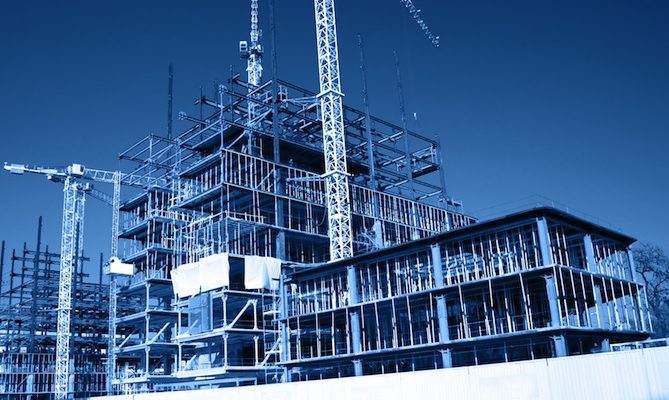By Grace Hase
August 6, 2019
Two years after workers helping to build San Jose’s Silvery Towers were released from literal slavery amid a criminal probe into their boss, local labor leaders secured stronger protections for builders on city-subsidized projects.
The City Council voted 9-2 Tuesday to expand rules that prevent worker exploitation on publicly subsidized projects. Among the new rules are requirements to hire more apprentices as well as local and underrepresented workers.
Council members Johnny Khamis and Dev Davis cast the dissenting votes.
San Jose will now require that workers who live locally put in 30 percent of the total work hours on a project covered by the ordinance. Construction companies must also use “good faith efforts” to hire “underrepresented workers as entry-level apprentices to perform 25 percent of the total apprentice hours.” The city defines an underrepresented worker as someone who receives government assistance, is at risk of losing a home or has survived labor trafficking, to name some examples.
Tuesday’s newly approved rules build on efforts that began before the month-long summer recess, when councilors passed a law that requires private construction companies to pay workers a prevailing wage on projects that benefit from city subsidies.
…
“This investment is in our workforce,” Arenas said. “We can’t have it both ways. I don’t want to stop development. I want to make sure we have housing, but I can’t have it on the backs of our laborers and our working poor.” She added: “We need to assure there are standards on pay and work for folks who need it. I feel that this is the way to get there while still honoring our goals around housing.”
Labor leaders, who had fought for the new protections for more than a year, were pleased with Tuesday’s decisions. Jean Cohen, a spokeswoman for UA Local 393, said that she was glad that all workers will now have equal protections.
“The building trades, the labor movement and the development community all have a shared goal, which is to build beautiful buildings for the city of San Jose,” Cohen told San Jose Inside. “There are many valuable components in the ecosystem of what it takes to develop a project, and these policies build a strong foundation for all interested parties, which is to have a vibrant and robust downtown.”

